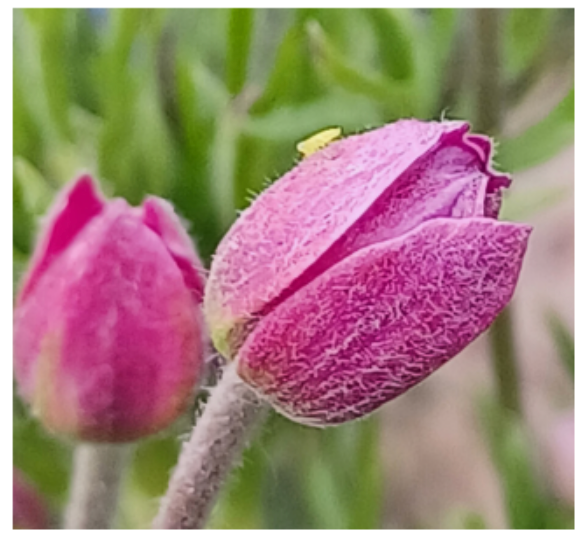Details
Emerges
May
Seed collection
Flowers
May, June, July, August
White
Pink
Yellow
July, August
Height
15
-
40
cm
Lifecycle
Perennial
Width
-
40
cm
Habit
Forbs
Upright
Ecology
Supports
Bees
Providing
Pollen source
Nectar source
An eye-catching little plant with bright pink flowers and finely-cut light green leaves. An early blooming native wildflower with seedheads that turn into dainty balls of fluff by mid-summer.
Habitat
Typically found in
open woods, prairie, slopes / banks, meadows
In the Garden
Growing Conditions
Moisture
Dry
Moist
Light
Part sun
Soil
Average garden soil, Gravel, Rocky
Propagation
Via
Seeds
Self-seeding
Sowing Recommendations
Spring planting
Fall planting
Landscape
Use for:
Middle of bed
Naturalization
Mass planting
Growing Tips
Division: Anemone multifida can be propagated by division in spring or fall.
Seed: They can also be grown from seed, either sown directly in the fall or started indoors (with stratification) in early spring, then plant outdoors after the last frost.
Description
The petals on this plant are actually sepals, and after they are blown off by the wind, a beautiful showy white cottony seedhead will form. All plants in the Ranunculaeae (Buttercup) family contain an unstable substance called ranunculin. If the leaves or stem are broken, the ranuculin breaks down and produces a toxin that is irritating to the skin.





